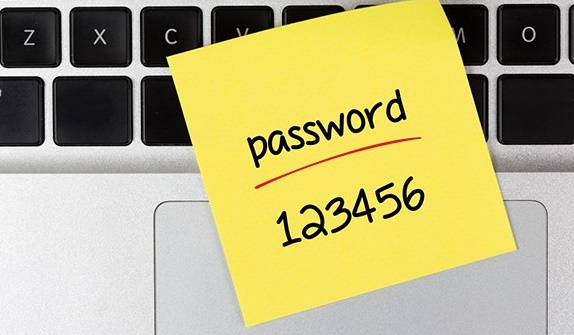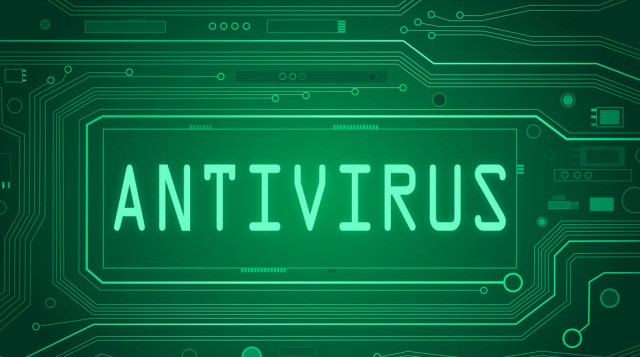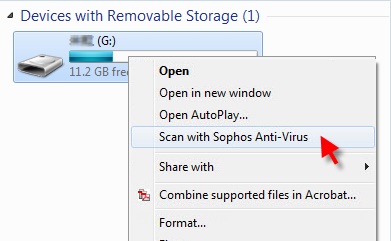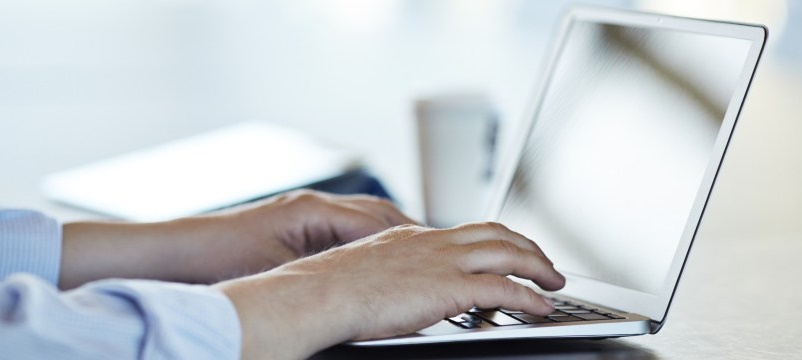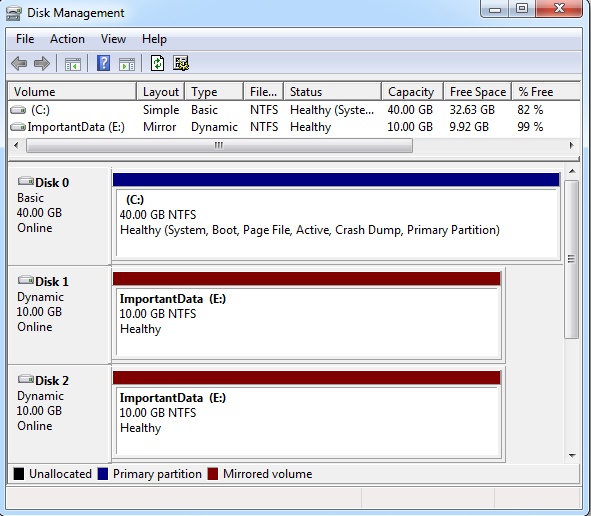Among all the features it has to provide, security is one of the best things users can experience. While using Windows, users can feel safe as some functions in-Built into the Windows help protect from Malware, threats, viruses, etc. In this article, you will learn how to do some of the best security implementations in your Windows to make it much more secure. Just go through the things that are given below in this article to know about the best practices then you can do for a secure Windows.
Best Security Implementations to Do In Windows PC
Below are some tips you need to implement in your Windows PC that will tighten your computer’s security.
1. Password
We all know the use of passwords for our various online and offline accounts; it prevents all of these accounts from being accessed by someone else and also prevents the inside material from being hacked. Windows also use account access with which you can create your new account where all your data will be managed in an altering window; a password encryption option is available for these user accounts that helps protect the other users from getting into your account. To keep your Windows at the top most security, the first thing required is setting up your unique and highly secure password. For high security, you should pretend to use passwords that are a combination of alphabets, numbers, etc.
2. Antivirus
Antivirus programs work in a great manner to keep Windows running smoothly without any issues caused by the software or programming errors that could be the result of various malfunctioning software. To keep your PC safe and also keep a check on the harmful software on your Windows, you should prefer to install a good antivirus program, and then with it; you should scan your whole system for any issues every week. People tend to keep up the antivirus programs but don’t use them for much time. Hence, Windows becomes more vulnerable to problems, etc., so you should not do that and get the work of antivirus programs done properly and make it a part of your Windows as a working module.
3. Scan after connecting drives
While using computer systems, we all connect USB drives, devices, storage, etc.; because of that, spam files and malware may be transferred to your PC from these external devices. To protect your computer and keep it safe, you should scan these externally connected devices using the antivirus programs or the inbuilt security program. This won’t affect your connected device’s data but will warn you about the harmful data that it might be carrying.
4. Software from Reliable sources
Many sources are available to get up the various applications for your PC. However, still, you might be unaware that most of the sources provide you the malware, spam, virus affected setup files that could harm your PC and let it misbehave. To ensure the safety of your PC, you should go for only those secure files that you can get from reliable sources and, most probably, the official websites of the software owners.
5. Backup / Windows Mirror Disk
What if your PC ran into any problem and all your data inside comes to a stage where it might not be accessed again, and you will have to format the whole hard drive? There comes the real usage of making up the backup of your entire system data, the files, and the operating system. Just remember to keep up the backup of your whole data on any external storage option as you won’t come to know whether your PC will remain safe and working always. So, these are the steps and some things you can do to protect and make Windows more secure. You will not have to use any third-party software to do the above steps. All these things can be done within Windows only using its built-in functions.
